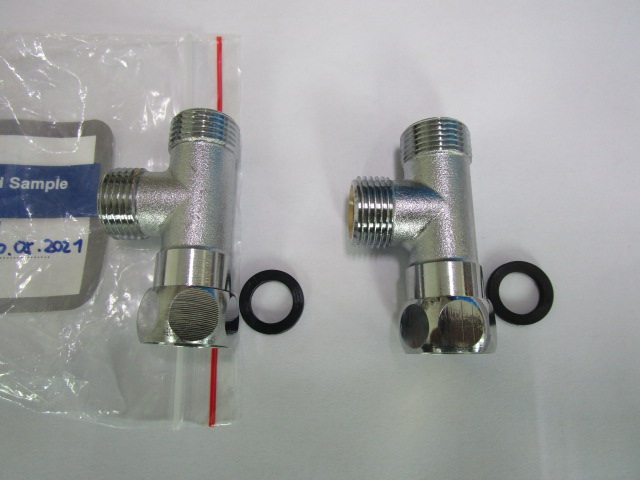
The Dielectric Voltage Withstand Test, also known as a high-voltage test, hipot test, or dielectric strength test, is a crucial procedure in the electrical inspection to ensure the safety and durability of electrical appliances. This test subjects an electrical device to a voltage significantly higher than its normal operating voltage to verify that the insulation and electrical separation between parts can withstand operational stresses and prevent any potential electrical breakdowns.
Purpose of the Test
The primary objective of the Dielectric Voltage Withstand Test is to identify manufacturing defects, material insulations failures, and ensure that no current will unintentionally flow between electrical circuits. This is particularly important for safeguarding against electric shocks and ensuring the reliability of electrical appliances under various operating conditions, including voltage spikes and surges that may occur during their lifecycle.
How the Test is Conducted
The procedure for conducting a Dielectric Voltage Withstand Test involves several critical steps:
- Preparation: Determine the test parameters, including the voltage level and duration of the test, based on the product specifications and the standards it needs to comply with. The chosen voltage is typically much higher than the appliance’s normal operating voltage but should not exceed its design limits.
- Connection: Securely connect the appliance to the testing equipment, ensuring that all necessary precautions are taken to prevent accidents or equipment damage.
- Application of Voltage: Apply the predetermined voltage to the appliance for a specific period. This is usually done through electrodes or conductive probes that are placed at strategic points on the device.
- Observation and Documentation: Monitor the appliance for any signs of breakdown, such as arcing, insulation failure, or any form of degradation. The results are carefully documented for further analysis.
- Evaluation: Analyze the collected data to assess the appliance’s insulation performance and overall safety. If the device withstands the specified voltage without any issues, it is considered to have passed the test.
International Standards
The Dielectric Voltage Withstand Test is governed by various international and regional standards, ensuring consistency and safety across different markets. These standards specify the test voltages, durations, and acceptable criteria for different types of electrical appliances. Among the most widely recognized standards are:
- IEC (International Electrotechnical Commission): Provides a broad framework for electrical and electronic devices, including household appliances, medical equipment, and industrial machinery.
- EN (European Standards): Used predominantly in European countries, these standards align closely with IEC guidelines but may include additional requirements specific to the European market.
- UL (Underwriters Laboratories): Common in the United States, UL standards are rigorous and widely accepted in determining the safety of electrical appliances.
Importance
The Dielectric Voltage Withstand Test is integral to quality control in electrical appliance manufacturing. It helps identify potential safety issues that could lead to product recalls, legal liabilities, and harm to consumers. By adhering to international standards, manufacturers can ensure their products are safe, reliable, and capable of withstanding the electrical stresses they may encounter during their operational life.
In conclusion, the Dielectric Voltage Withstand Test is a vital safety protocol in the electrical manufacturing industry. It ensures that products meet stringent safety standards, thereby protecting consumers and enhancing the reliability of electrical appliances worldwide.




